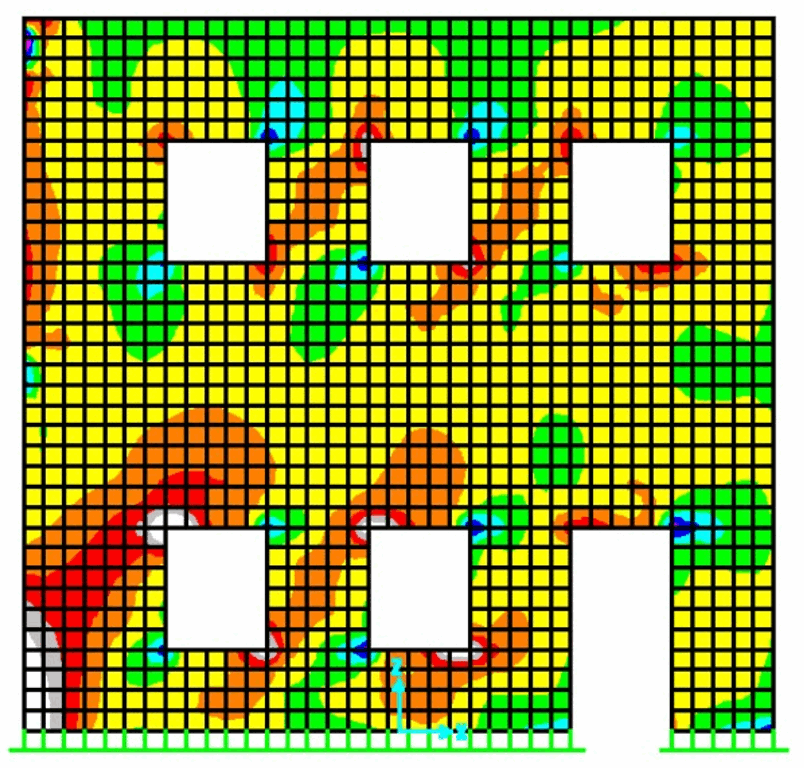Sarah L. Orton[1], Daniel P. Abrams[2], John R. Hayes[3], and Steven C. Sweeney[4]
- Masters Student, University of Illinois, Urbana IL 61801, orton@uiuc.edu
- Hanson Engineers Professor of Civil Engineering, University of Illinois at Urbana-Champaign; Center Director, Mid-America Earthquake Center, Urbana, IL 61801, d-abrams@uiuc.edu
- Seismic and Structural Engineering Group, Construction Engineering Research Laboratory, U.S. ArmyEngineer Research and Development Center, Champaign IL 61822, john.r.hayes@erdc.usace.army.mil
- Construction Engineering Research Laboratory, U.S. Army Engineer Research and Development Center, Champaign IL 61822, Steven.C. Sweeney@erdc.usace.army.mil
ABSTRACT
The progress of a research program focused on the seismic performance of rehabilitated masonry buildings is presented in this paper. This research will serve to obtain a better understanding of the earthquake behavior of unreinforced masonry buildings and how to effectively rehabilitate them. The research works in parallel with a static full-scale test being performed at the Georgia Institute of Technology. The testing involves the tri-axial shake table test of a half-scale masonry building. The test structure was developed to meet the objectives of the research. Analytical predictions of the pier strengths based on preliminary analysis and finite element modeling are presented. Various retrofit schemes and benefits anticipated from them are explained. The testing procedure is outlined.
Key words: Unreinforced masonry, Dynamic testing, Retrofit techniques
RETFIT03



